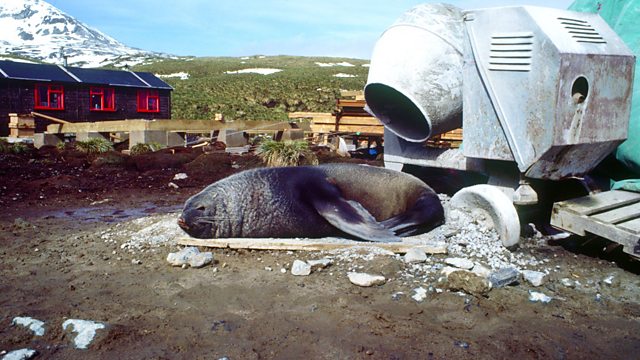Human Rubbish and Wildlife
More and more rubbish is put in landfill every year. Can rubbish tips and industrial sites be modified to help wildlife thrive in an increasingly crowded and consumerist world?
More and more rubbish is put in landfill every year. Can rubbish tips and industrial sites be modified to help wildlife thrive in an increasingly crowded and consumerist world? The UK produces more than 100 million tonnes of rubbish annually, including 15 million tonnes of food. Much of this ends up in landfill; how can these sites be used to help wildlife? This week's field report comes from Essex, from a reclaimed landfill site which is now a wildlife haven. But is this a one-off or can it be replicated around the world? Monty Don explores the world of waste and wildlife in a world where human population is growing and consumerism increasing.
Producer Andrew Dawes.
Last on
More episodes
Previous
Paul Wilkinson

Paul Wilkinson is The Wildlife Trusts’ Head of Living Landscape, leading and supporting the achievement of the vision across the UK. He previously worked as the Director of Regional Policy for The Wildlife Trusts in the East of England, during which time he was a member of the East of England Regional Assembly and chaired the region’s Biodiversity Forum for six years.��
��
Paul is a Member of the Chartered Institute of Ecology and Environmental Management, has also been the Norfolk Biodiversity Coordinator and worked as the Development Manager for an environmental education charity in Norfolk.
Dr Karl Williams

Dr Karl S Williams is the Director for the Centre for Waste Management at the University of Central Lancashire (UCLan). His background ranges from engineering to environmental management. He has seen his career evolve from heavy industry (iron and steel) into the area of environmentally sustainable solutions for waste recovery and treatment. Over recent years he has become involved in examining the environmental impact of waste processing and its contribution towards material security.
��
As a Chartered Waste Manager he has extensive knowledge of the technical, legislative and financial implications of converting waste to a resource. He has been a Chartered Engineer for over 15 years and has been involved in developing bespoke solutions for hazardous waste streams. His research interests include: life-cycle assessment of products and processes; treatment technologies; barriers to waste management and social attitudes to waste. In addition to his research areas he is the UCLan course leader for the MSc Environmental suite, which includes MSc Sustainable Waste Management.
Ghaziabad Landfill Site in New Delhi

The image shows thousands of Black kites (Milvus migrans) scavenging on the Ghaziabad landfill site in New Delhi, where they are in high densities due to the presence of animal carcasses.
��
Image courtesy of Chris Bowden/RSPB
��
Broadcasts
- Tue 5 Nov 2013 11:00����ý Radio 4
- Mon 11 Nov 2013 21:00����ý Radio 4
Learn about habitats with The Open University
Explore the twists and connections of natural life in four different UK habitats.

